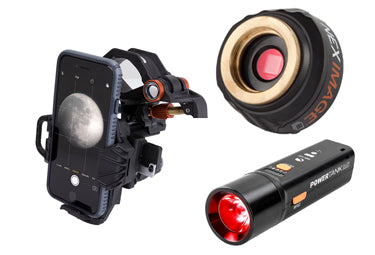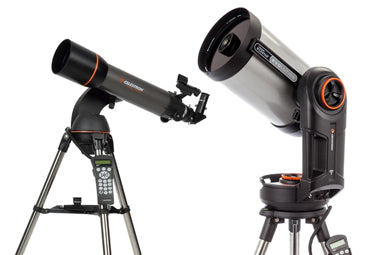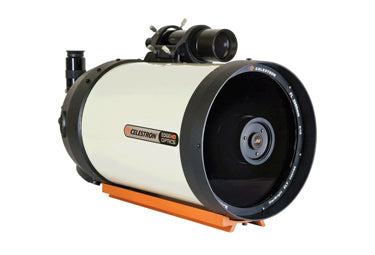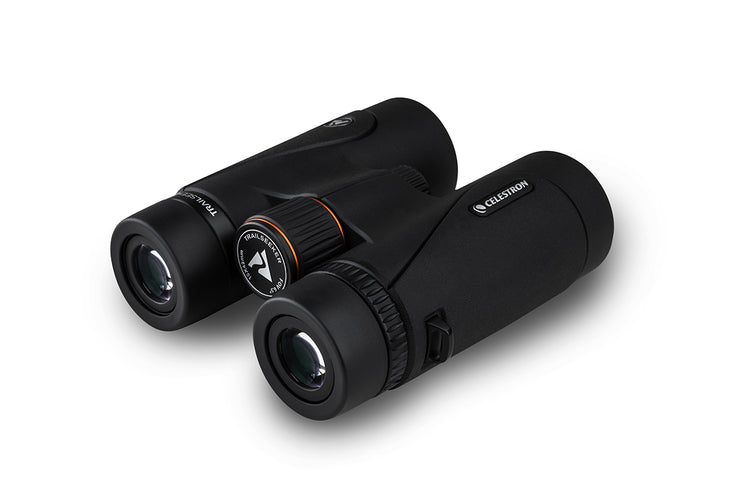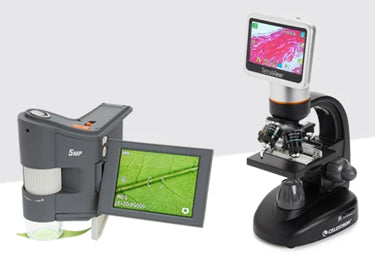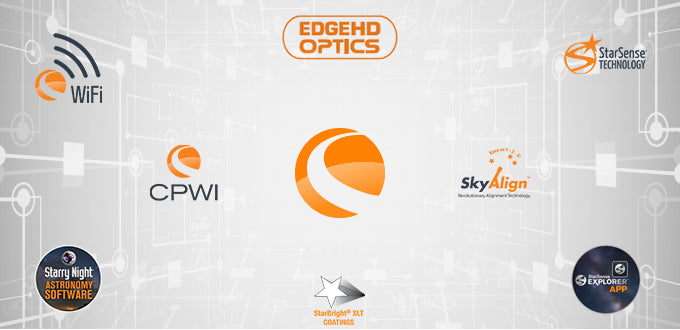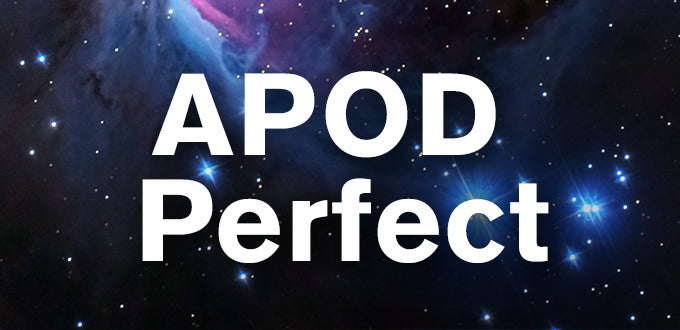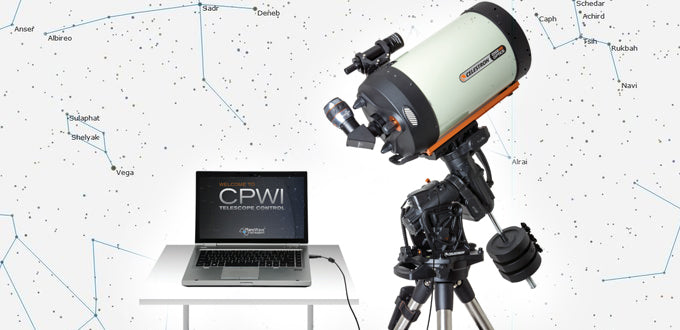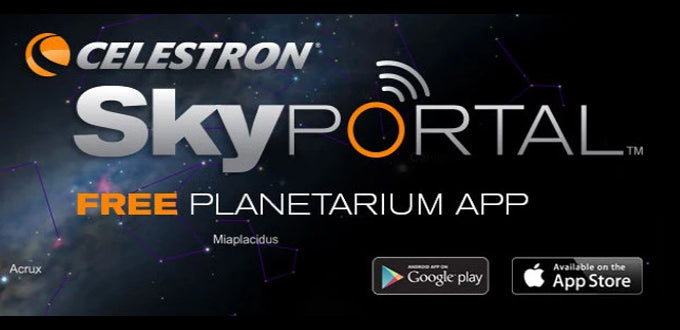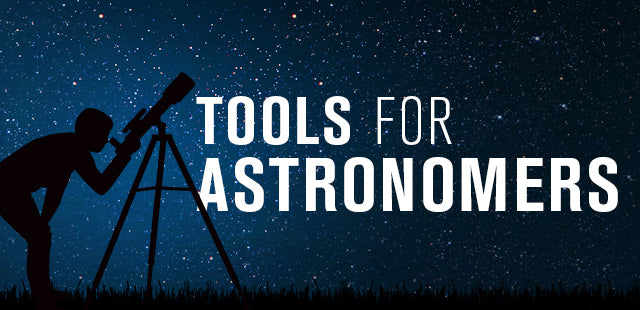How to Find Planets During the Day with a Celestron Telescope
February 13, 2025

SOLAR WARNING: Never look directly at the Sun with the naked eye or an optic. Permanent and irreversible eye damage may result.
Did you know that you don’t have to wait for nightfall to enjoy the wonders of the planets? That’s right—some planets are bright enough to be spotted during the day! Whether you’re a beginner or a seasoned sky watcher, learning to observe these celestial treasures in daylight can add a whole new dimension to your hobby.
Using Your Celestron Telescope for Daytime Viewing
A Celestron telescope can make daytime planet observation much easier. Although you can use either a manual or a computerized telescope, we recommend a computerized model for its ease of use and enhanced safety in bright daylight. Manual telescopes demand a good understanding of the sky, star charts, or apps, and can be challenging during the day when planets are less conspicuous. In contrast, Celestron's computerized systems automatically point to and track celestial objects based on your location and the time of day.
Step-by-Step Guide to Using the Celestron NexStar+ Hand Control for Daytime Planet Observation
Use the Solar System Align Feature
- Turn on your telescope and the NexStar+ hand control.
- Choose "Solar System Align" from the alignment options.
- Select the planet you want to observe (e.g., Venus, Jupiter, or Mars).
- Alt-Az mounts will start level with the horizon and manually slew to the object to align. Use the arrow keys on the hand control to move the telescope in altitude and azimuth. Equatorial mounts will automatically point toward the planet. Fine-tune the alignment using the arrow keys on the hand control to center the planet in your eyepiece.
- Once centered, press "Align" to complete the alignment. Your telescope will now track the planet as it moves across the sky.
Observing Tip: Use Low Magnification

Always start with a low-power eyepiece. You’ll have a wider field of view, which makes it easier to locate the planet. After finding and centering the planet, you can switch to a higher magnification eyepiece to get a closer look.
Observing Tip: Use Astronomy Apps or Star Charts for Guidance

If you're unsure where the planet is located, astronomy apps like SkySafari can be invaluable. These apps provide real-time sky maps to help pinpoint the exact location of the planet, streamlining the alignment process.
Which Planets Are Best to See During the Day?
Not all planets are visible during the day, but some shine brightly enough to be visible in broad daylight. Here are some of the best candidates:
 |
Venus The brightest object in the sky after the Sun and Moon, Venus’ highly reflective clouds make it visible even during the day. It’s easiest to spot during dawn or dusk, especially when it’s near its greatest elongation, which positions it farther from the Sun. |
 |
Jupiter As the largest planet in our Solar System, Jupiter’s size and reflectivity often make it visible in daylight. On days when it's positioned just right, you might even spot some of its moons through a telescope! |
 |
Mars Mars can be seen during the day, particularly when Earth and Mars are aligned at opposition. Although not as bright as Venus or Jupiter, its distinctive reddish hue makes it identifiable. |
 |
Saturn While not as luminous as some other planets, Saturn can still be observed during the day when it’s positioned correctly in the sky. |
 |
Moon Although not a planet, the Moon is one of the most visible objects in the sky both day and night. Depending on its phase, it can appear bright enough to be seen with the naked eye or through a telescope. |
Strategies for Successful Daytime Planet Viewing
- Choose the Right Day and Time: Choose a time when the Sun isn’t directly overhead. Early mornings or late afternoons often provide the best viewing conditions.
- Be Solar Safe: Never point your telescope directly at the Sun without a proper solar filter, as this can damage both your eyes and your equipment.
- Have Patience: Daytime viewing requires a bit of extra patience. Planets are much trickier to spot than at night. Use your telescope’s tracking features to follow the planet as it moves.
Observing planets during the day is a delightful twist on your usual stargazing routine. With the Celestron NexStar+ hand control and its handy Solar System Align feature, finding and tracking these distant worlds is easier than ever. So next time you have a clear day, why not take your telescope out for a spin and see what wonders await? Clear skies and happy observing!

